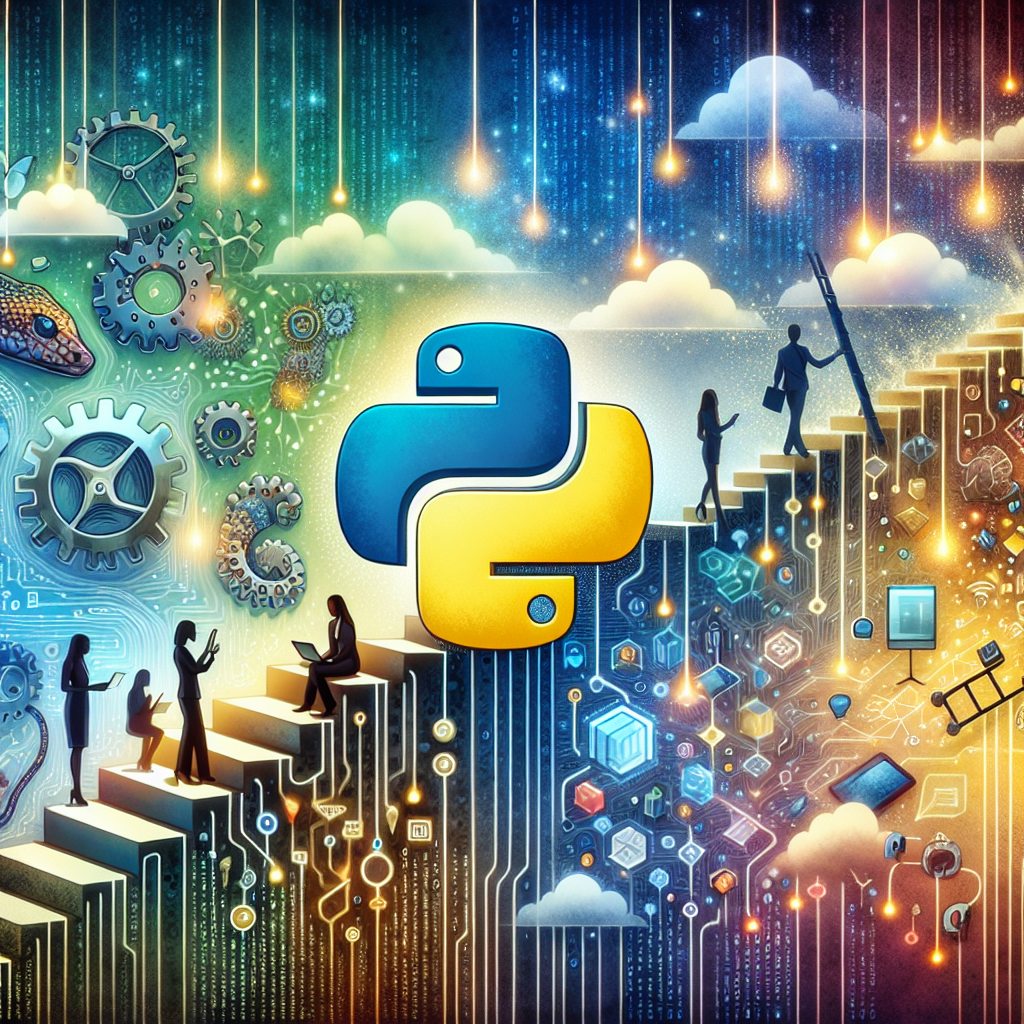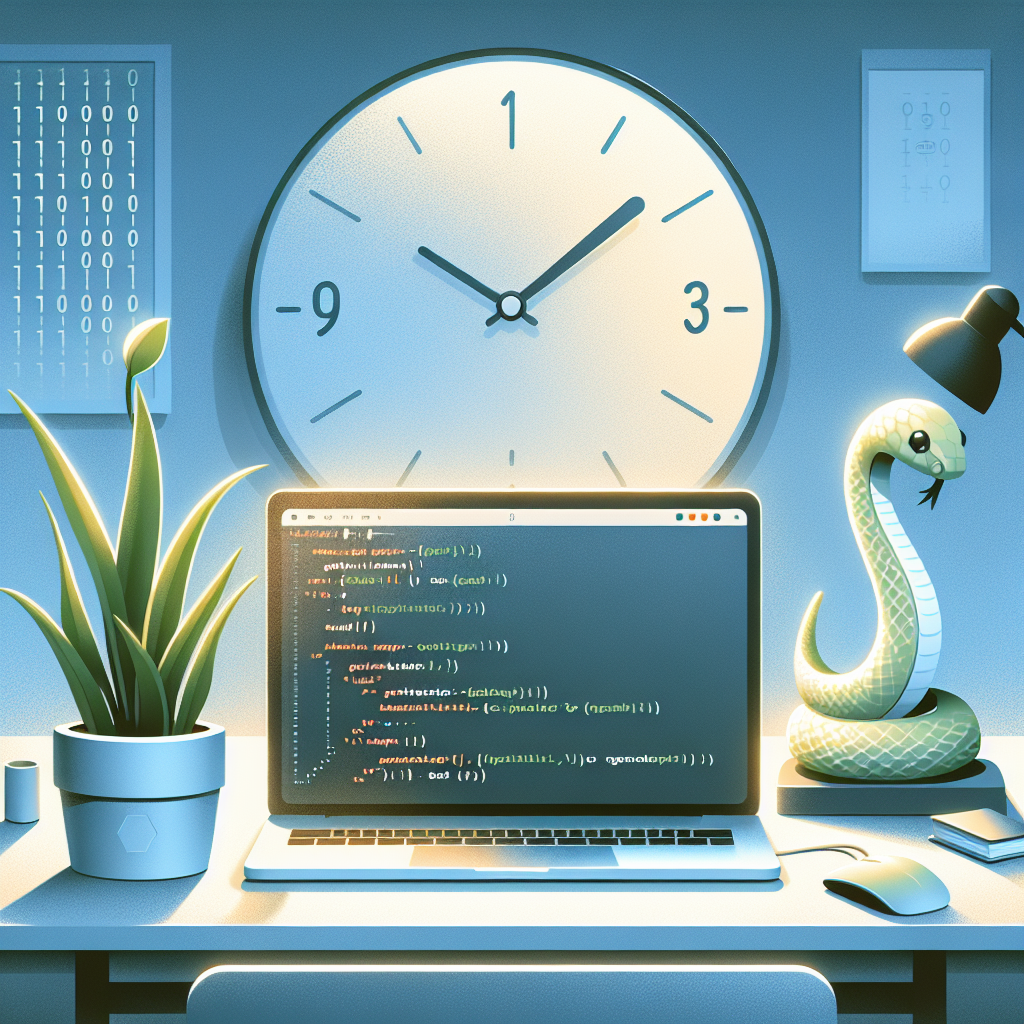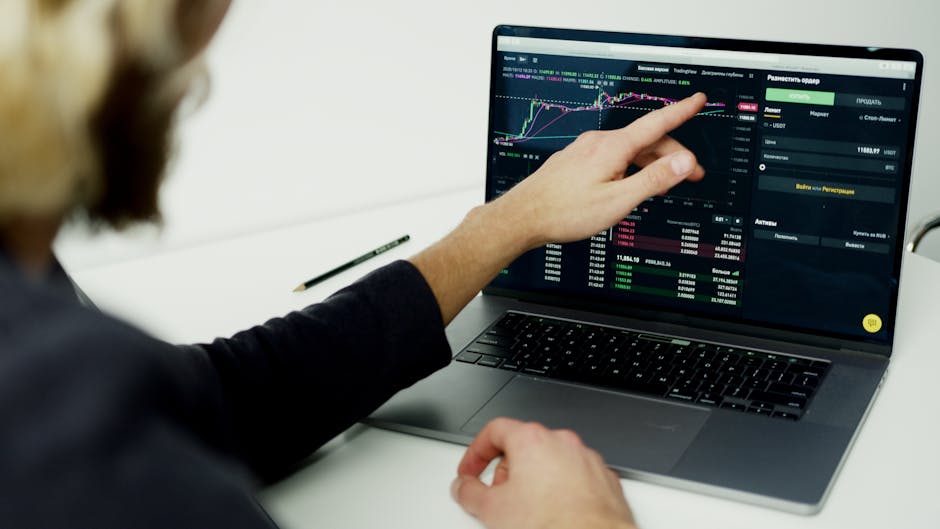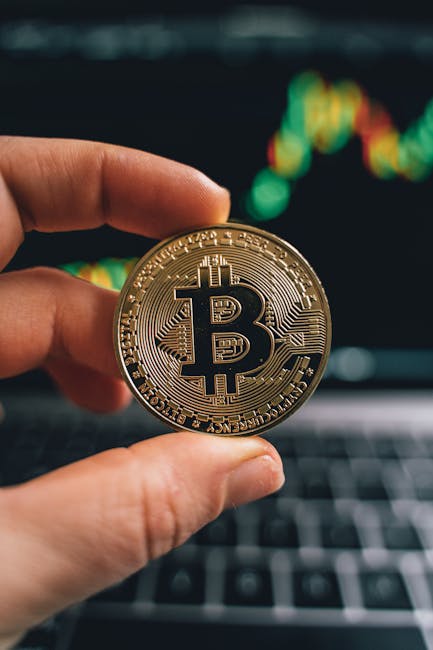Beginner’s Guide to Learning Python: Where to Start 🐍
So, you’re thinking about learning Python? Fantastic choice! Python is one of the most versatile and beginner-friendly programming languages out there. Whether you’re eyeing a career in data science, web development, or just want to automate some of your daily tasks, Python has got you covered. Let’s dive into this beginner’s guide and explore how you can embark on your Python journey! 🚀
Table of Contents
- Why Learn Python?
- Setting Up Your Environment
- Essential Resources to Kickstart Your Learning
- Hands-on Practice: Your Best Friend
- Join the Python Community
- Conclusion
- FAQs
Why Learn Python? 🤔
Python is not only easy to read and write, but it’s also incredibly powerful. Here are a few reasons why you should consider learning Python:
1. Versatility: From web development to data analysis, Python can do it all.
2. Community Support: Python has a massive community ready to help beginners and experts alike.
3. High Demand: Python developers are in high demand in the job market, making it a great career choice.

Setting Up Your Environment 🛠️
Before you start coding, you’ll need to set up your development environment. Here’s a quick guide:
1. Download Python: Visit the official Python website and download the latest version. It’s available for Windows, macOS, and Linux.
2. Choose an IDE: Integrated Development Environments like PyCharm, VSCode, or even Jupyter Notebooks are excellent choices for beginners.
3. Install Packages: Use pip to install any additional packages you might need.

Essential Resources to Kickstart Your Learning 📚
With Python, there are countless resources available. Here are some of the best for beginners:
1. Online Courses: Platforms like Coursera, Udemy, and Codecademy offer comprehensive courses on Python.
2. Books: “Automate the Boring Stuff with Python” by Al Sweigart is a great starting point.
3. YouTube Channels: Channels like Corey Schafer and freeCodeCamp offer free Python tutorials.
Hands-on Practice: Your Best Friend 👩💻👨💻
The best way to learn Python is by doing. Start with small projects and gradually increase the complexity:
1. Coding Challenges: Websites like LeetCode and HackerRank offer Python challenges to improve your skills.
2. Build Simple Projects: Create a calculator, a to-do list app, or a simple game to practice.
3. Contribute to Open Source: Join platforms like GitHub to contribute to open-source Python projects.
Join the Python Community 🌐
Being part of a community can greatly enhance your learning experience. Here’s how you can get involved:
1. Forums and Groups: Join forums like Reddit’s r/learnpython or Python.org’s community.
2. Attend Meetups: Look for local Python meetups or global conferences like PyCon.
3. Social Media: Follow Python influencers and communities on Twitter and LinkedIn.
Conclusion 🎉
Learning Python is a rewarding journey that opens up endless possibilities. Start with setting up your environment, use the wealth of resources available, and most importantly, practice regularly. Remember, every expert was once a beginner. Happy coding!
FAQs 🤔
Q1: Is Python suitable for absolute beginners?
A1: Absolutely! Python’s simple syntax makes it an ideal choice for beginners.
Q2: How long does it take to learn Python?
A2: This varies from person to person, but with consistent practice, you can get a good grasp within a few months.
Q3: Can I learn Python without any prior programming experience?
A3: Yes, many beginners start with Python without any prior experience. Just dive in and start coding!
Q4: What are the best free resources to learn Python?
A4: Free resources like Codecademy, Coursera, and YouTube channels can provide a solid foundation.
Q5: Is Python enough to secure a job in tech?
A5: Python is a great start and highly valued in tech, but complement it with other skills for better job prospects.





